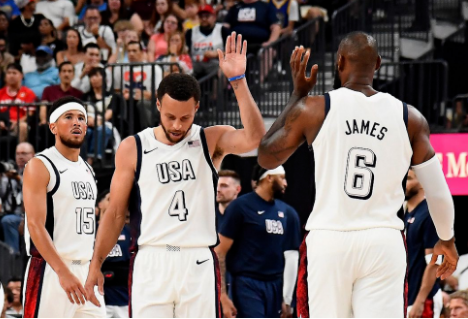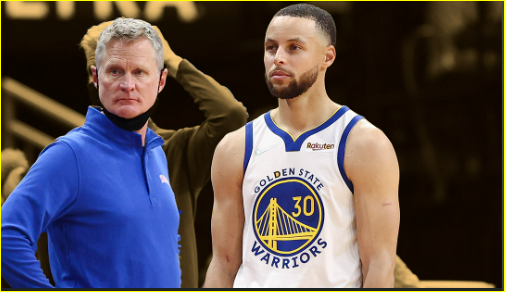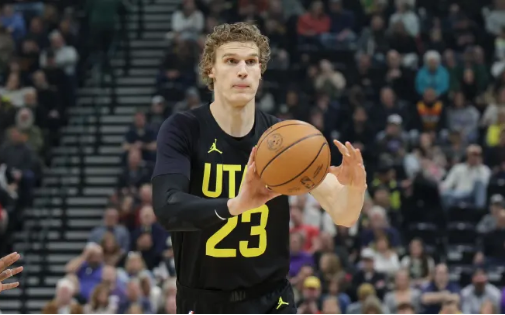It’s not surprising that Curry and James have a lock on the starting lineup. They are living legends, still near the top of the NBA’s individual hierarchy despite being Team USA’s senior members. If Kevin Durant had been fully healthy prior to Paris, he would very certainly have joined his former foes turned teammates as a full-time starting for the Americans.
/cdn.vox-cdn.com/uploads/chorus_image/image/73494916/2164076547.0.jpg)
James and Durant have lived up to expectations in the Olympics, scoring two convincing victories to open Group C play. Curry, on the other hand, has been almost invisible for the Americans thus far, a continuation of his problems in the five games preceding France.
After laboring once more against South Sudan, the Golden State Warriors superstar voiced confidence that he would eventually break out of his short slump.
“The way we play, making good cuts, setting good screens, moving the ball, shots come your way — the floodgates could open at any time,” Curry said, according to Lindsey Schnell of USA TODAY. “You never want to be down on yourself.” You just want to shoot shots that you believe you can make.”
Why is Stephen Curry struggling with Team USA?
Curry missed eight of his nine shots on Wednesday, totaling three points, four assists, and four personal fouls in 21 minutes. He performed significantly better versus Serbia three days earlier, scoring 11 points, collecting three rebounds, and passing three assists while shooting 4-of-8 overall, including 3-of-7 from outside the arc.
Stephen Curry’s varied performances can indeed be attributed to the nature of jump-shooting and his evolving role with Team USA compared to the Golden State Warriors. With Team USA, Curry doesn’t dominate the ball as much, often playing off-ball, spotting up around the arc, and using screens to create opportunities for himself and his teammates. This strategic adjustment is well-understood by Steve Kerr, who knows how to leverage Curry’s unique skills effectively on the international stage.
The differences in court dimensions also play a role. The international court is smaller by two feet, and the three-point line is shorter, which can affect spacing and make the half-court game more cramped. This environment can be challenging for a player like Curry, who thrives on space and movement.
At 36, Curry’s quick-twitch agility and explosiveness have naturally declined compared to his peak years. This was evident last season with the Warriors, prompting Kerr to adapt Curry’s role accordingly. Despite these adjustments, Curry remains a vital asset, and his shooting prowess and basketball IQ continue to make significant contributions to both his NBA team and Team USA. Kerr’s understanding of these dynamics ensures that Curry’s talents are maximized in different contexts, whether in the NBA or on the international stage.



